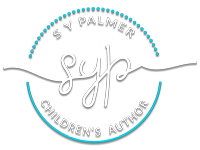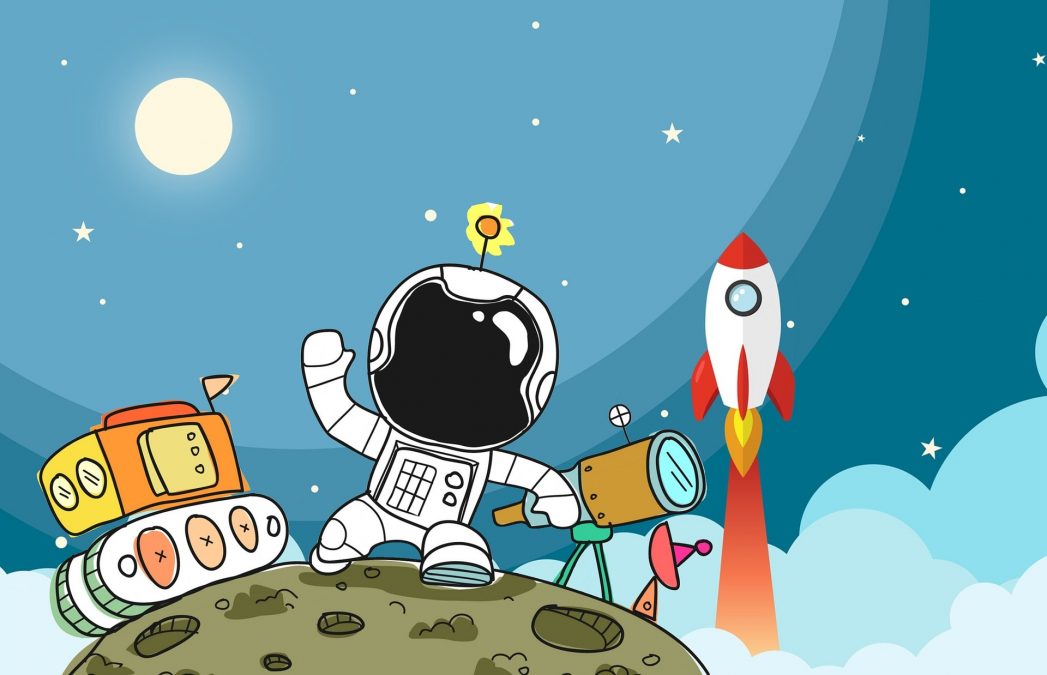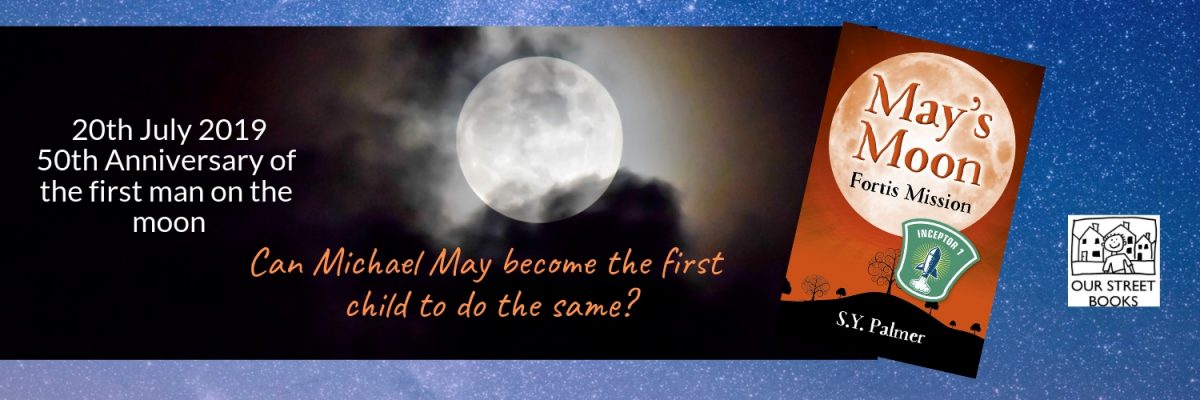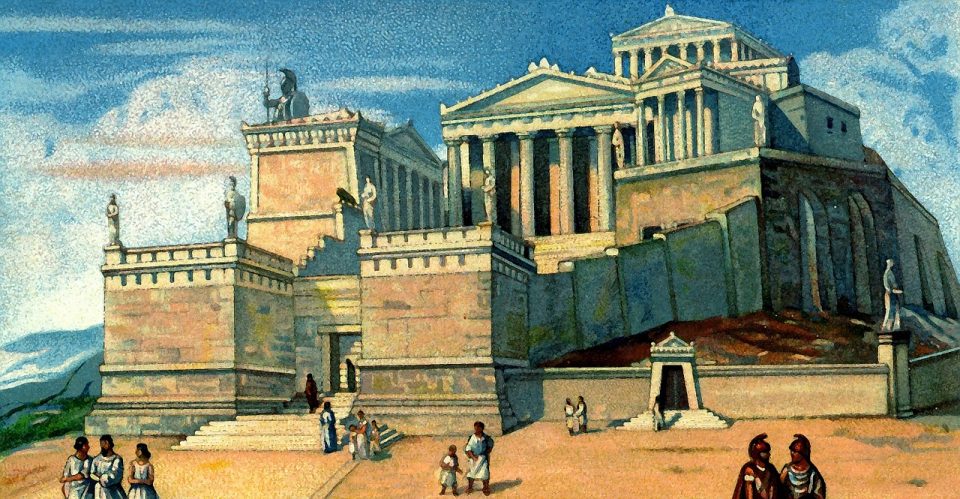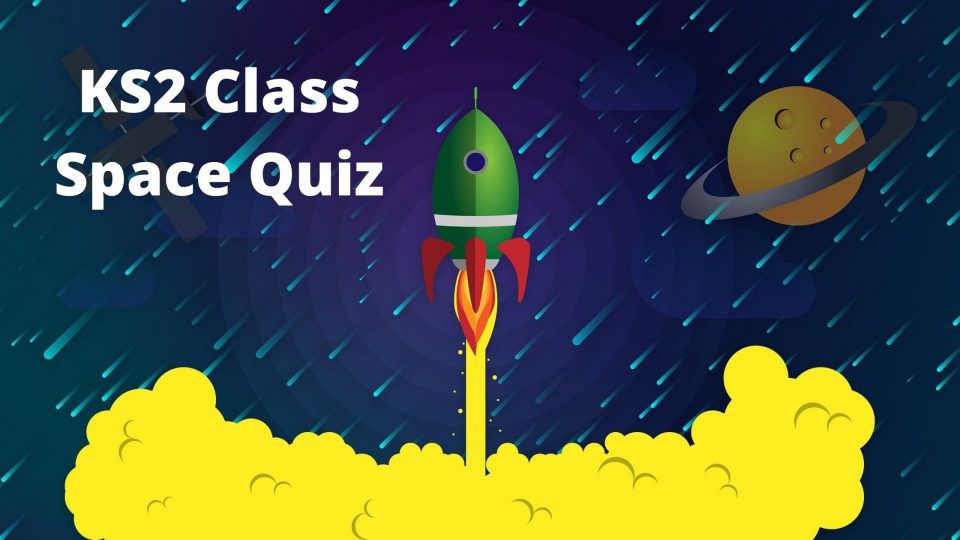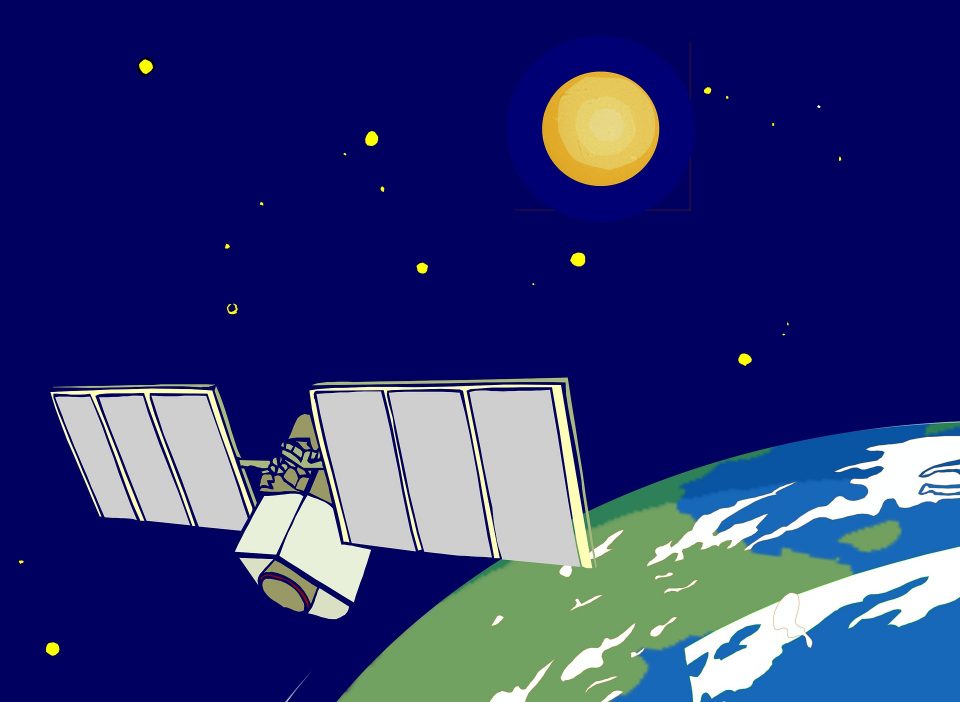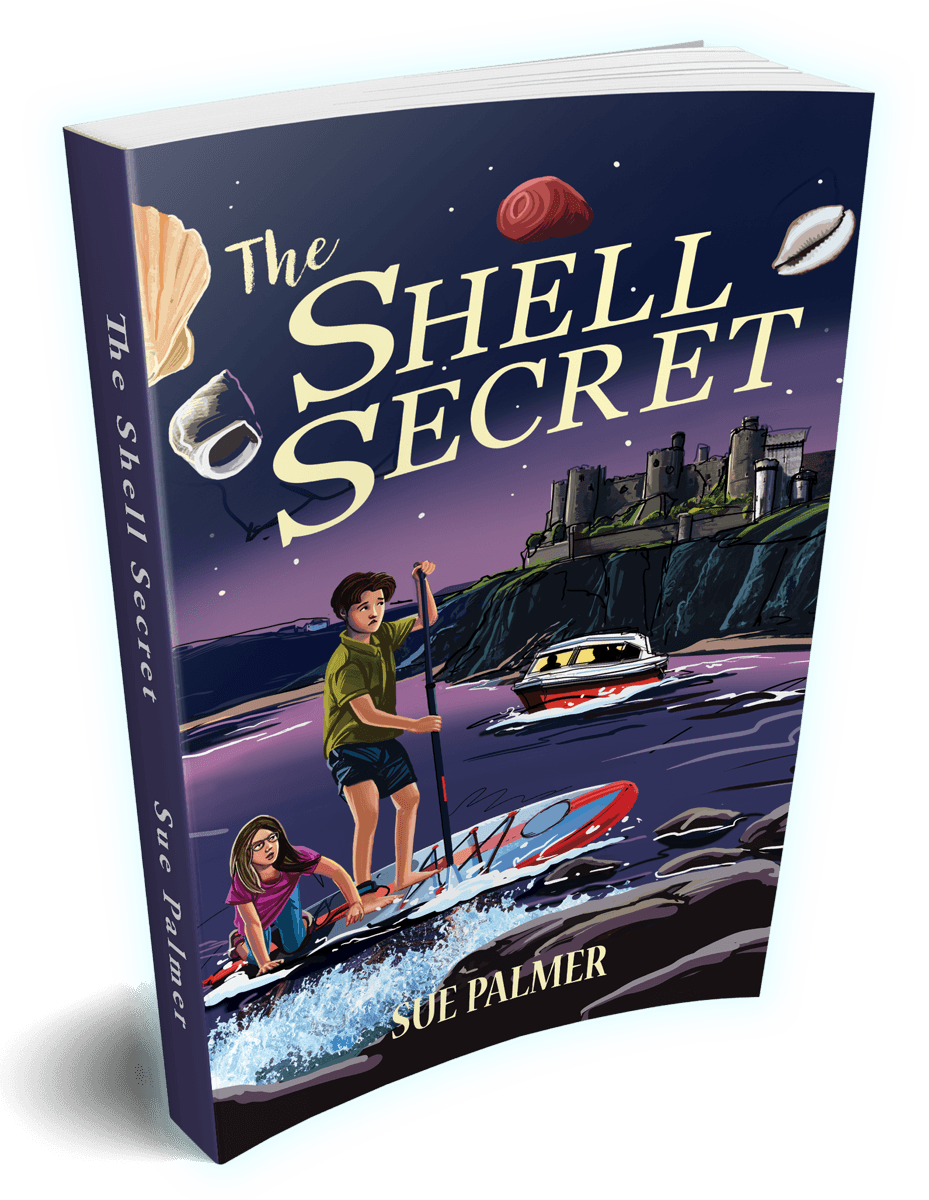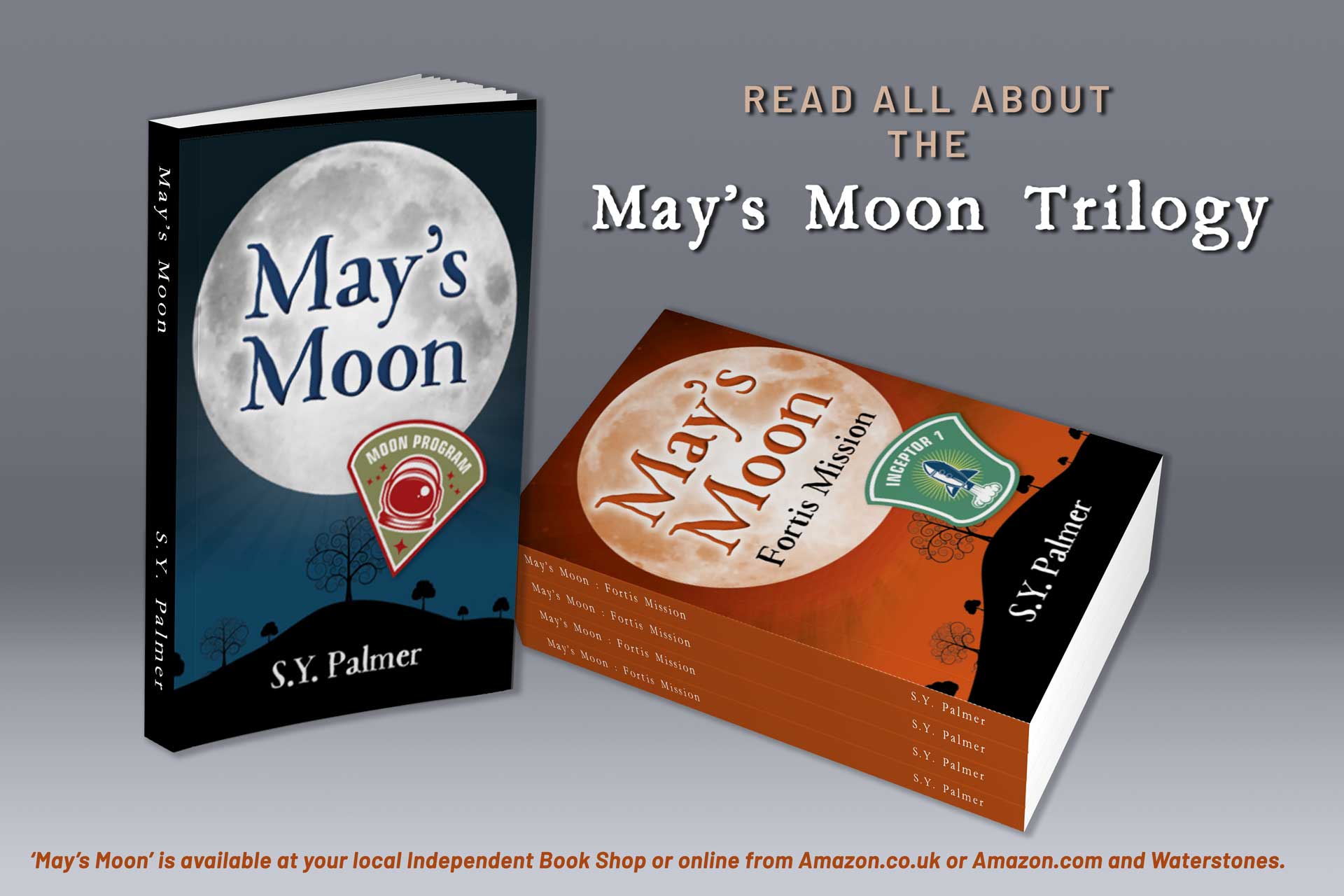50 years since our first Moon visit
Moon Madness and why Earth’s Satellite has such a big pull
A few days ago, I was a car passenger with a friend. After enduring the erratic driving of the car in front for some time, my friend eventually declared the driver a ‘lunatic’. I nodded but the word ‘Luna’ immediately pulled me away from the tarmac in front and straight to the crater-pocked surface of the moon…again.
With 3 months to go until May’s Moon: Fortis Mission is published, I still spend large amounts of my time learning about the moon and talking to children in schools and libraries about its amazing features and influences on us, a quarter of a million miles away.
Although it sometimes looks like a cheesy dot or swirl of magical light, the moon is most likely to have once been a piece of the Earth, broken off during a cataclysmic impact, 4.5 billion years ago.
Escaping earth’s clutches at about the length of your finger nail growth each year (4cm); it has and will continue to have a huge impact on us. Responsible for our months, tides and moods as well as being visible for large parts of our day and night, the moon appears in so much of our music, literature, art and language.
- I remember listening to the 16th century nursery rhyme, Hey Diddle Diddle. Without thinking about it, I repeated the same nonsense to my own children. It doesn’t mean anything but the famous leaping cow gave us our phrase, ‘Over the Moon.’
- The Moonlight Sonata by Beethoven, one of the most instantly recognisable pieces of piano music, was so nicknamed due to its tranquil feel in an early review.
- Johnny Mercer was unwittingly accurate in his song, Moon River. One end of his home river represented the past; the other was a symbol of the future. Right now, there is constant talk about our next visit to the moon, what we may do and discover there and how this will support our future space ambitions.
- The Moon appears in thousands of painting and drawings to give light to the main subject but not everyone gets it right – have a look at the movie, T. and spot the error in the timescale between seeing the first crescent moon and the full moon in the famous flying bicycle scene.
- Until I began looking closely at our Moon, I had no idea that Jack and Jill is a rhyme about the phases of the Moon – did you? Each stage of the rhyme mimics a different phase of the Moon and what, with a bit of imagination, can be seen as we look at the near side of the Moon.
Our language is full of references to the Moon:
- Moonlighting – taking on a second job, sometimes at night or committing a crime.
- Moonshine – making illicit liquor at night.
- Moon-faced – having a round face.
- Honeymoon – the waning (like the Moon) of affection after marriage!
- Moonwalk – a dance move that looks like an astronaut walking on the moon.
- Moonstruck – distracted or crazy.
Over the past few months we have been treated to many programmes and documentaries about the Moon, our missions there and the future of moon exploration. Some of my favourites are:
- 8 days: To the Moon and Back
- The First Man
- Apollo 11
- Apollo: Missions to the Moon
- In the Shadow of the Moon
As we head towards the 50th Anniversary of the first Moon landing with those unforgettable words, I now realise how much of an influence that glowing sphere has on my life.
There are thousands of events planned around the world to celebrate this anniversary.
For me, I’ll be going to hear another astronaut talk about life in space, planning the launch of my second May’s Moon space story and no-doubt glued to a screen, taking in more footage, information and new facts about our amazing Moon.
May’s Moon: Fortis Mission is due for publication on 27th September.
